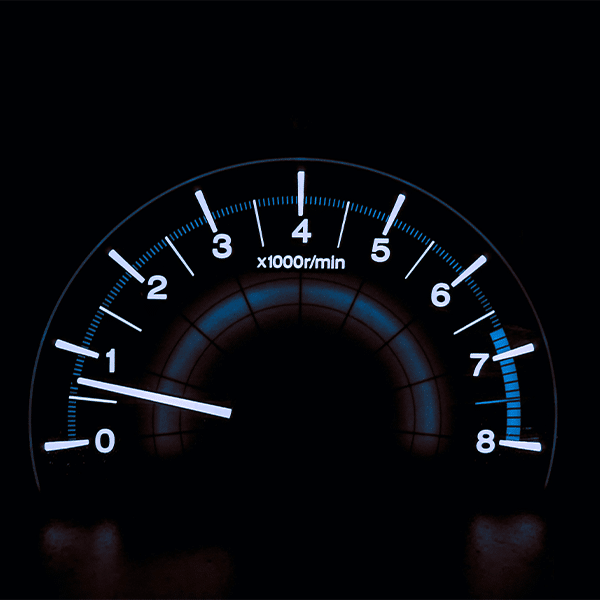Meta, the company formerly known as Facebook, is helping to fund fixed wireless service for public housing in Cleveland. The company teamed with DigitalC — a local nonprofit focused on connecting the unconnected in the city — on the offering, which according to a DigitalC spokesperson, uses a combination of fiber and millimeter wave spectrum but will not be based on the Terragraph technology that Meta helped develop.
“There are access points inside the buildings connected directly to the middle mile,” explained the spokesperson, DigitalC Communications Director Susan Valerian.
The Meta/ DigitalC offering is now available to four public housing developments, with the goal of bringing service to 1,000 households.
The service will sell for $18 a month ($19.44 with tax) but eligible residents can and do receive subsidies, Valerian said in an email to Telecompetitor in response to questions from us.
DigitalC has been offering fixed wireless under the name EmpowerCLE+ and has connected more than 1,530 households in Cleveland, according to a press release. In 2018, the company explored using fixed wireless technology from Siklu, and last year the company announced plans to use private LTE equipment from Nokia in the CBRS band.
Valerian’s comment that the Meta deployment uses millimeter wave spectrum but not Terragraph, might seem surprising, considering that Meta, then Facebook, helped develop Terragraph several years ago.
Terragraph uses millimeter wave spectrum to deliver exceptionally fast fixed wireless speeds in the range of a gigabit per second. Several companies, including Cambium and Siklu, already have licensed the technology, and some equipment supporting the technology is already on the market.
Because the coverage area for millimeter wave spectrum is smaller in comparison with lower-frequency spectrum, Terragraph and other technologies operating in the band are expected to be deployed primarily in urban areas, making Cleveland an excellent candidate for millimeter wave fixed wireless.
The decision to use technology other than Terragraph likely was driven by the decision to target just four public housing developments, at least two of which are described as “towers.” With large numbers of households within each development, it would be relatively easy to justify the cost of a fiber connection to the building, rather than using a neighborhood-connected access point as we’ve typically seen done with Terragraph.
Additional details about the Meta/ DigitalC offering can be found in this press release.



